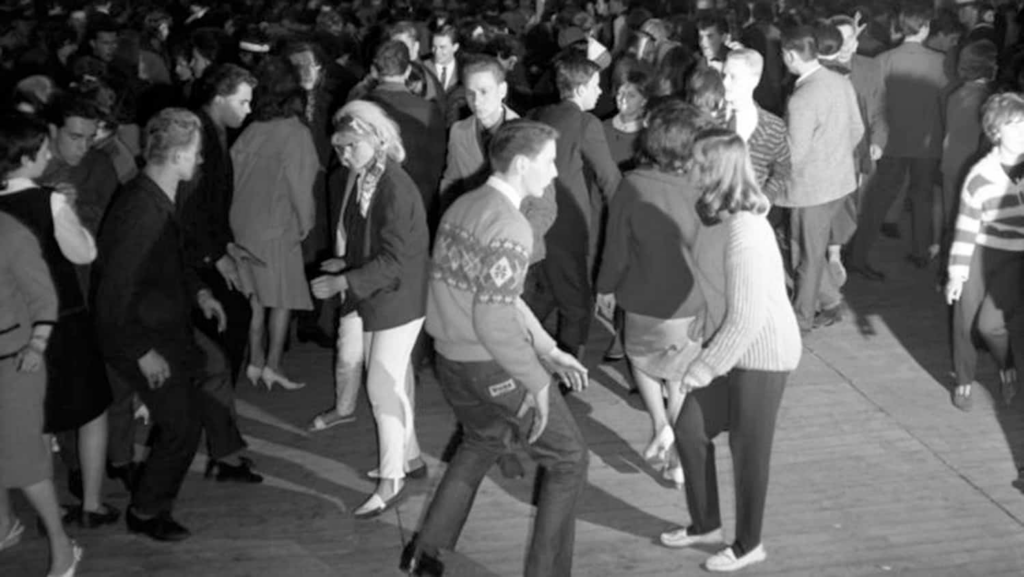

Few dance moves in history have had the power to unite a nation quite like The Twist. It began as a regional rhythm, spread through television screens, and soon had an entire generation spinning on their heels. And no platform was more instrumental in turning The Twist into a household phenomenon than American Bandstand.
The Birth of a New Move

In 1960, a young singer named Chubby Checker performed a catchy new song on American Bandstand called The Twist. With its simple lyrics and danceable beat, the song encouraged people to “twist” their hips from side to side without touching their partner. The steps were easy enough for anyone to follow, and viewers across America were instantly hooked.
Unlike other dances that required coordination or a partner’s lead, The Twist gave dancers personal freedom. You could do it alone, with a group, or in a crowd—and look cool doing it.
From Teens to Parents: Everyone Was Twisting

What made The Twist so revolutionary wasn’t just its sound, but how it broke generational walls. Teenagers introduced it, but within months, their parents were joining in too. Office parties, weddings, and even formal events suddenly featured twisting circles on the dance floor.
For the first time, a youth-created dance was embraced across age groups. It wasn’t just a teenage trend—it was a national movement. Television shows, commercials, and nightclubs rushed to capitalize on the Twist craze.
A Dance That Crossed Boundaries

The simplicity of The Twist also made it inclusive. It didn’t matter your race, age, body type, or dance skill level—you could still twist. At a time when much of America was still socially divided, this one dance brought people together in ways few things could.
In some schools, The Twist was even used in gym classes as a fun form of exercise. Suddenly, physical education didn’t feel like work—it felt like rock and roll.
Dick Clark’s Seal of Approval

Dick Clark, always aware of cultural trends, knew that The Twist was something special. After Chubby Checker’s first performance, Clark featured the dance regularly on American Bandstand. Each appearance sparked a fresh wave of popularity, and sales of the record skyrocketed.
Clark even helped push Checker’s follow-up hit, Let’s Twist Again, which reinforced the craze. As long as it played on Bandstand, America kept twisting.
A Legacy That Still Spins
Even today, The Twist remains one of the most iconic dance crazes in history. It was the first song to reach No.1 on the Billboard Hot 100 in two separate years (1960 and 1962), and it continues to appear in movies, parties, and pop culture references.
What started with a simple performance on a modest TV stage turned into a dance that united a country. Thanks to American Bandstand, the world didn’t just hear The Twist—it felt it, spun with it, and made it part of history.